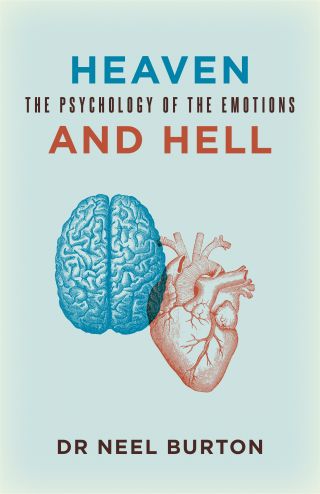[Article updated on 17 September 2017]

Cry babies
In many cultures, especially for men, crying is considered to be undignified and infantile behavior, except in certain specific circumstances such as mourning the loss of a close friend or relative. After adolescence, men shed tears much less often than women. On average, men cry once a month and women about five times a month, especially before and during the menstrual cycle. Men not only cry less often but also for shorter periods at a time, 2-4 minutes compared to about 6 minutes for women. And they sob less too, in only 6% of cases versus 65% for women.
The tears of the world
There are in fact three types of tear, two of which are rather uninteresting: basal tears which lubricate and protect the eye and reflex tears which flush out irritants such as smoke particles or onion vapors. The third type of tear is, of course, shed in response to emotion, and differs from basal and reflex tears not only by its cause but also by its chemical composition, being considerably richer in certain substances such as prolactin and adrenocorticotropic hormone.
When doves cry
All animals shed basal and reflex tears, but only human beings shed emotional tears. So maybe women shouldn’t feel so bad at crying all the time, since this surely makes them more human than men. Some people believe that some animals, in particular elephants and chimpanzees, can also shed emotional tears, but this is difficult to verify. On the other hand, we can be pretty sure that crocodiles do not cry. The expression ‘to shed crocodile tears’ has its roots in an ancient Greek legend according to which crocodiles pretend to weep to either lure or mourn their prey.
The ghost in the machine
Damage to the ophthalmic branch of the trigeminal nerve renders the surface of the eye insensitive and thereby prevents the production of reflex tears. However, it is the parasympathetic division of the facial nerve that is actually responsible for making tears, and damage to the facial nerve, as in Bell’s palsy, can lead to a decrease in tear production. Reflex and emotional tears are produced by the lacrimal gland and drained through the nasolacrimal canal into the nose. Any excess fluid spills out of the eyelid and trickles along the side of the nose or surface of the cheek, whereby teardrops.

Et mentem mortalia tangunt
Human beings shed emotional tears in response to sadness and grief, but also in response to a range of other, sometimes positive, emotions such as elation, laughter, love, frustration, pain, anger, and surprise. Crying activates both the arousing sympathetic nervous system and the sedating parasympathetic nervous system. However, the latter is activated for a longer period, which no doubt explains why people tend to remember crying as a calming and cathartic experience.
But could there also be other reasons for people to cry? Tears may have a number of social functions, in particular (1) communicating our emotions while emphasizing their depth and sincerity, (2) attracting attention, sympathy, and help at a time of danger, distress, or need, and (3) serving as a signal of appeasement, dependency, or attachment (for example, by blurring our vision and handicapping our aggressive and defensive actions). Given all this, it should be no surprise that tears can also be used to manipulate and to deceive, cf. the crocodile tears of lore.
Tears may also have some more boring physiological functions, at first priming the body for action through the sympathetic fight or flight response and then, as we have seen, relieving stress and distress through parasympathetic activity. In ancient and mediaeval times, physicians commonly believed that crying purged excess humors from the brain. Similarly, some modern scientists believe that it serves to remove toxins, in particular stress hormones, from the blood stream. Well, you'd have to be a scientist to believe that!
I like to think that tears can have a psychological function too, serving as a mechanism for a person’s unconscious to tell his conscious that a particular problem or situation actually means a lot to him and that he needs to make the effort to address or at least to process it. As the markers of strong emotion, tears signal moments of existential importance in our lives, from sharing a first kiss to grieving the loss of our partner. To deny them or to hold them back is foolish in the extreme, not only because it denies us the moment and the chance to be (and look) our best, but also because a better attitude or perspective is so often the result of a good old cry.
In the words of Goethe, ‘If you’ve never eaten while crying you don’t know what life tastes like.’
Neel Burton is author of The Meaning of Madness, The Art of Failure: The Anti Self-Help Guide, Hide and Seek: The Psychology of Self-Deception, Heaven and Hell: The Psychology of the Emotions and other books.
Find Neel Burton on Twitter and Facebook





